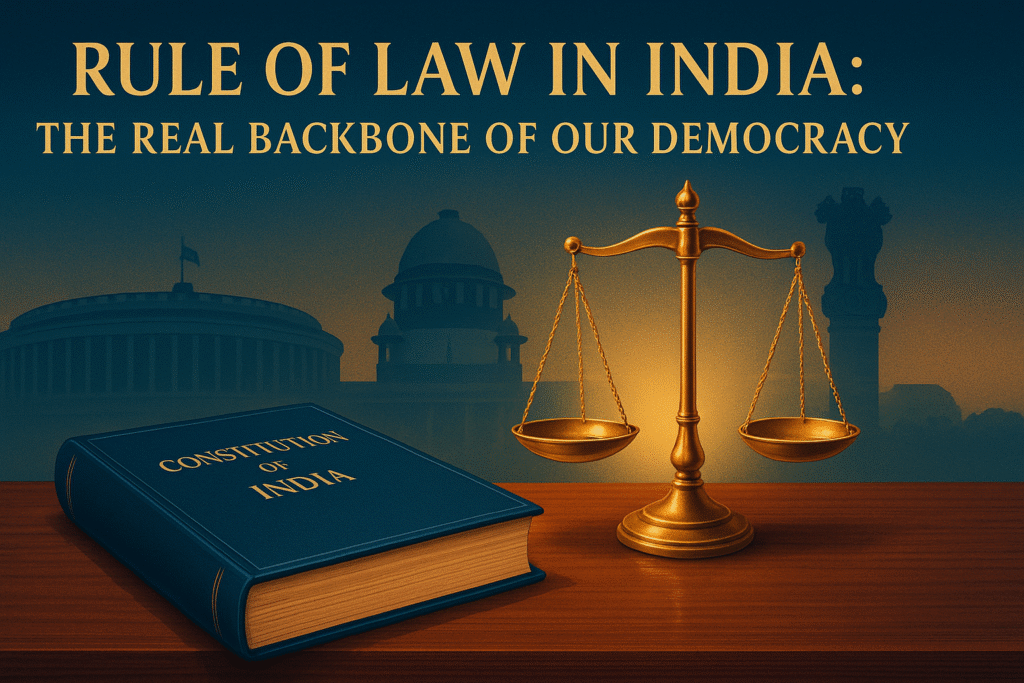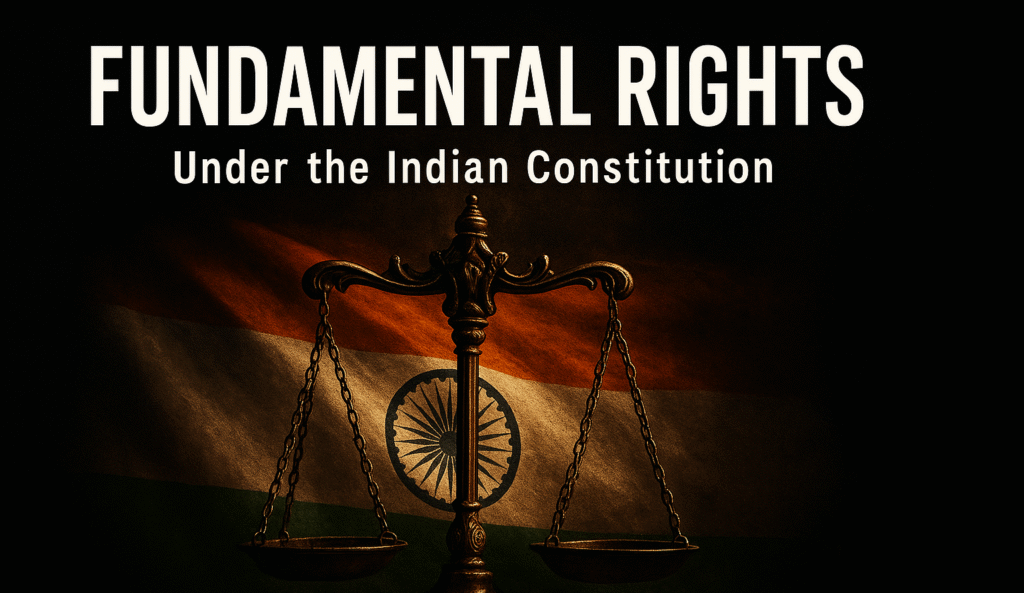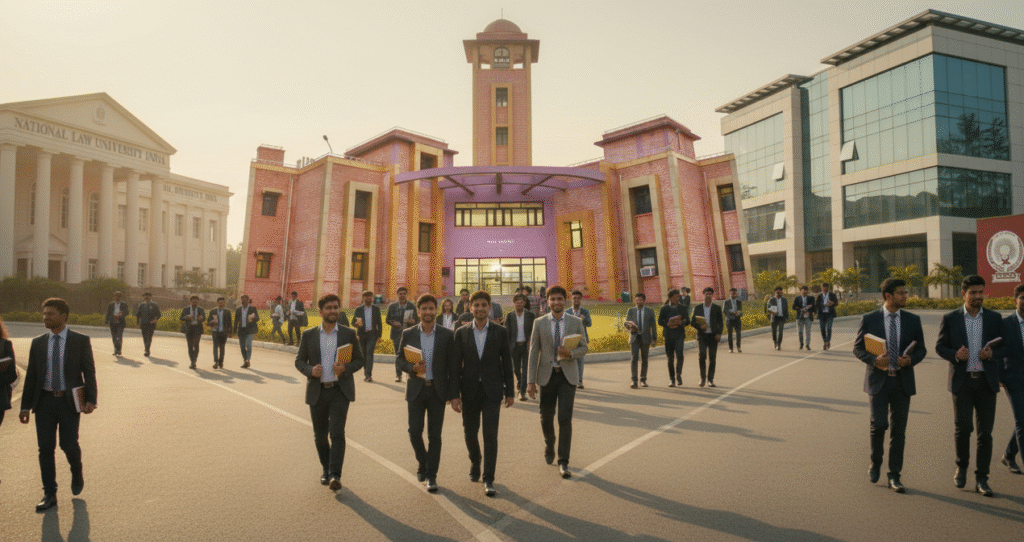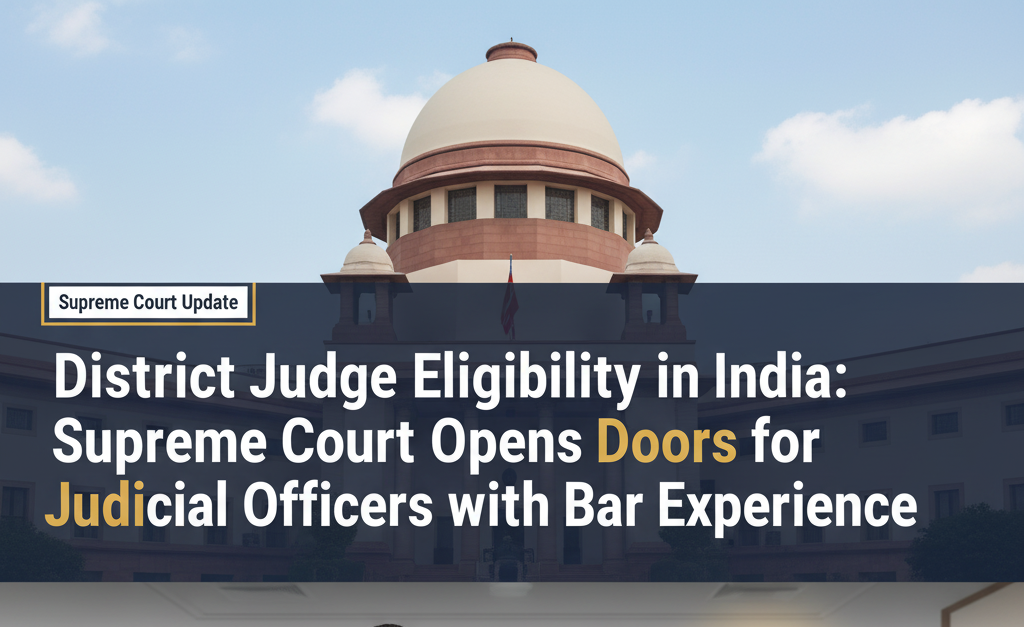Table of Contents
ToggleOrigin and Development of the Rule of Law
The Rule of Law is one of the oldest and most powerful ideas in legal and political philosophy. It goes back to Aristotle, who said, “Law should govern, and those in power should be servants of the laws.” This simple idea planted the seed for a society where law is supreme—not the ruler.
Centuries later, in 19th-century England, the jurist A.V. Dicey refined this idea into a clear and structured legal doctrine. In his book “Introduction to the Study of the Law of the Constitution” (1885), Dicey outlined three fundamental principles of the Rule of Law that still shape modern democracies, including India.
A.V. Dicey’s Three Principles of the Rule of Law
1. Supremacy of Law (Absence of Arbitrary Power)
This means that no person can be punished or made to suffer except for a breach of law established in ordinary courts of law. Every action of the government must have legal authority.
In India:
The Constitution is the supreme law.
Any action by the State that lacks legal backing can be declared null and void by the judiciary.
This is upheld through judicial review under Articles 32 and 226.
Example: In Indira Nehru Gandhi v. Raj Narain (1975), the Supreme Court held that even the Prime Minister is not above the law.
2. Equality Before Law (Equal Subjection to Law)
According to Dicey, everyone, regardless of rank or status, is subject to the same law administered by ordinary courts. No special privileges or immunities are allowed.
In India:
Article 14 of the Constitution guarantees “equality before law and equal protection of laws.”
This ensures both formal equality (same legal treatment) and substantive equality (equal opportunities).
The Rule of Law under Article 14 strikes down discriminatory laws and actions.
Example: In State of West Bengal v. Anwar Ali Sarkar (1952), the Supreme Court invalidated a discriminatory law that allowed special courts to try certain offences, calling it a violation of Article 14.
3. Predominance of Legal Spirit (Protection of Individual Rights through Courts)
Dicey believed that the rights of individuals are protected not merely by a written constitution but by the decisions of courts enforcing those rights.
In India:
Fundamental Rights (Part III) act as a guarantee of individual liberties.
Citizens can directly approach the Supreme Court (Article 32) or High Courts (Article 226) for protection of these rights.
The courts have interpreted these rights broadly, ensuring justice and fairness.
Example: In Maneka Gandhi v. Union of India (1978), the Supreme Court held that the “procedure established by law” must be fair, just, and reasonable, expanding the scope of Article 21.
Application of Dicey’s Principles in the Indian Constitution:
The Indian Constitution effectively incorporates and expands Dicey’s principles to suit a modern democratic and welfare state. Let’s see how each principle operates within the Indian framework.
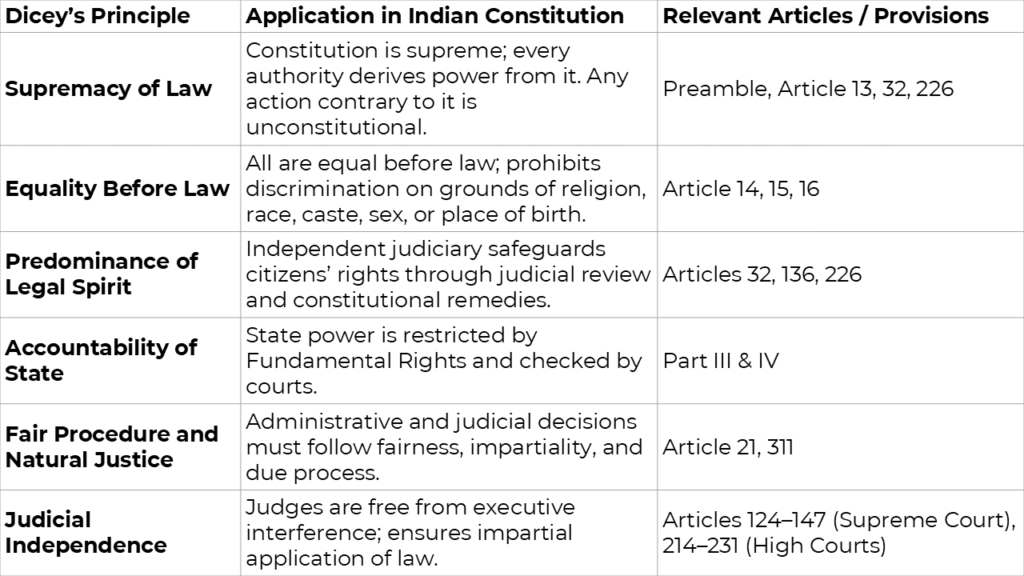
Constitutional Foundation of the Rule of Law in India:
The Rule of Law is not explicitly defined in the Constitution, but its spirit flows through various provisions:
Preamble: Declares India to be a sovereign, socialist, secular, democratic republic committed to justice, liberty, equality, and fraternity.
Article 13: Declares any law inconsistent with Fundamental Rights as void.
Article 14: Ensures equality before law.
Article 21: Guarantees right to life and personal liberty.
Article 32: Provides the right to constitutional remedies — the heart and soul of the Constitution, as per Dr. B.R. Ambedkar.
Article 50: Ensures the separation of judiciary from executive, reinforcing impartial justice.
Together, these provisions ensure that no one is above the law, not even the State itself.
Judicial Interpretation: Landmark Cases on Rule of Law:
Indian courts have played a crucial role in interpreting and strengthening the Rule of Law:
Kesavananda Bharati v. State of Kerala (1973)
Established the Basic Structure Doctrine.
Declared that Rule of Law is a basic feature of the Constitution that cannot be amended by Parliament.
Indira Nehru Gandhi v. Raj Narain (1975)
Reinforced the concept that no one, not even the Prime Minister, is above the law.
Maneka Gandhi v. Union of India (1978)
Expanded Article 21 to include the right to fair, just, and reasonable procedure.
Som Raj v. State of Haryana (1990)
Affirmed that absence of arbitrary power is the hallmark of the Rule of Law.
Union of India v. K.M. Shankarappa (2001)
Reiterated that the government’s power is not absolute and is subject to judicial scrutiny.
Principles Derived from the Rule of Law in India:
Over time, the Indian judiciary and constitutional development have led to certain key principles being recognized as part of the Rule of Law:
1. Supremacy of the Constitution
The Constitution is the supreme law of the land. All authorities derive their power from it. Any law or order inconsistent with it is void (Article 13).
2. Equality Before Law and Equal Protection of Laws
No person, regardless of social or political status, is above the law. This guarantees legal equality and non-discrimination.
3. Separation of Powers
The Constitution ensures a division of power among the legislature, executive, and judiciary, preventing the concentration of authority.
4. Judicial Review
Courts act as watchdogs to check arbitrary exercise of power and uphold the supremacy of law.
5. Natural Justice and Fair Procedure
Procedures must be fair and impartial. This includes:
Audi alteram partem (hear the other side)
Nemo judex in causa sua (no one should be a judge in their own cause)
6. Protection of Fundamental Rights
Fundamental Rights form the core of Rule of Law, ensuring dignity, liberty, and equality for all citizens.
7. Accountability and Transparency
Public officials must act responsibly and are accountable to the people through law and judicial oversight.
Rule of Law vs. Rule by Law:

Thus, Rule of Law safeguards democracy, while Rule by Law can coexist with dictatorship.
Challenges in Upholding Rule of Law in India:
Despite being deeply rooted in the Constitution, several challenges hinder its full realization:
Judicial delays and backlog of cases
Corruption in administration and enforcement agencies
Political interference in legal processes
Unequal access to justice for marginalized communities
Abuse of power by police or authorities
Misuse of preventive detention laws against dissenters
Judicial and Legislative Measures to Strengthen Rule of Law:
Public Interest Litigation (PIL): Expanded access to justice for the poor and voiceless.
Right to Information Act, 2005: Promotes transparency and accountability.
Lokpal and Lokayuktas Act, 2013: Strengthens mechanisms against corruption.
e-Courts Project: Digitization of judicial processes for better efficiency.
Rule of Law as the Essence of Indian Democracy:
The Rule of Law is not merely a constitutional concept—it is the very soul of Indian democracy. It ensures that power is exercised responsibly, rights are protected, and justice prevails over might. Without it, democracy would collapse into authoritarian rule.
Conclusion:
From Aristotle’s philosophy to Dicey’s principles and the Indian Constitution’s structure, the Rule of Law has evolved into the most powerful guardian of democracy and human rights. In India, it ensures that no one is above the law, that justice is accessible to all, and that the State itself remains accountable to the people.
However, its true strength lies in active enforcement and citizen awareness. For the Rule of Law to thrive, citizens, lawmakers, and judges must work together to uphold the values of justice, liberty, equality, and fraternity that define the Indian Republic.
FAQs on Rule of Law in India
1. What is the Rule of Law?
It is the principle that law is supreme, and every person and institution, including the government, is subject to it.
2. Who introduced the concept of Rule of Law?
The doctrine was popularized by A.V. Dicey in his 1885 work on the English Constitution.
3. How does the Indian Constitution uphold the Rule of Law?
Through Articles 13, 14, 19, 21, and 32, along with judicial review and separation of powers.
4. What are the main challenges to Rule of Law in India?
Judicial delays, corruption, political influence, and unequal access to justice are major obstacles.
5. Why is Rule of Law essential for democracy?
Because it ensures equality, prevents abuse of power, and protects citizens’ rights from arbitrary state action.
SHARE THIS ARTICLE ON:-

Avinash Jaiswal is the Founder and CEO of Vidya Planet, holds a B.Sc. (Hons.), and is pursuing LL.B. (Hons.). His diverse academic background in science and law inspired him to create Vidya Planet with a vision to make education clear, reliable, and accessible for all learners.

